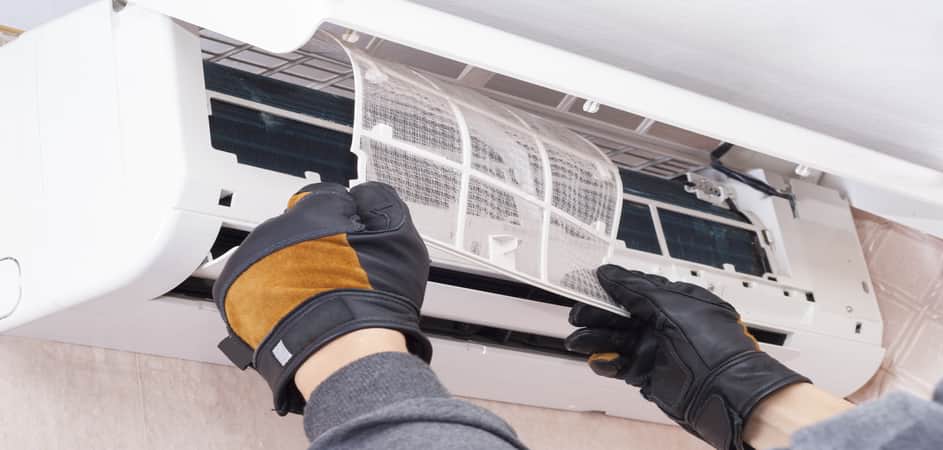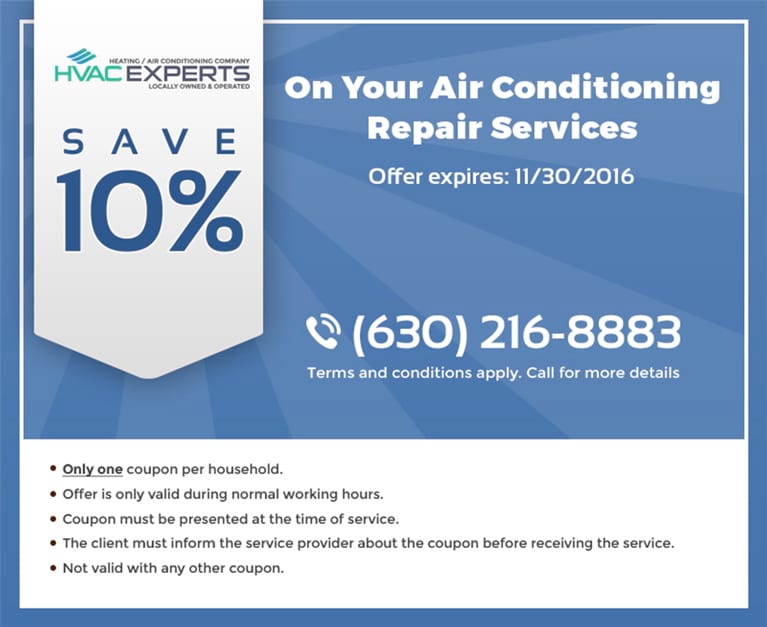How to Improve Indoor Air Quality in the Home

At home and at work, a key element of our health that is often not considered is the quality of air that we are breathing. Poor indoor air quality can lead to a number of health issues. Oftentimes, individuals don’t think about what they are breathing in and how this can negatively impact their health. Indoor air pollutants range in severity from common irritants to toxic pollutants. The good news is that although the health risks can be severe, once an air pollutant is detected, rectifying the problem, with the right help, can be a painless process.
Common Health Problems Linked to Poor Indoor Air Quality
Depending on the severity of the indoor air pollutants that exist in your work or home environment, you can expect to suffer from a wide range of health issues. Since some of these illnesses are more common, individuals will often suffer unnecessarily because they do not consider that poor air quality is the culprit. Once indoor air quality in a home or office is improved, individuals are surprised at home quickly they saw their health improve as one of the many positive side effects. Some of the most common health problems associated with poor indoor air quality are listed below:
- Epistaxis (nose bleeds)
- Sore throat
- Worsening asthma
- Lung disease
- Increased allergic reactions
- Headaches
- Watery eyes
- Chronic sinus infections
- Sneezing
- Cancer
- Nasal Congestion
- Muscle aches
Common Indoor Pollutants
Common indoor air pollutants range in severity. Some are extremely toxic and pose an immediate health threat, while others cause the most damage by remaining in the air over time. In either case, these common indoor air pollutants can be painlessly removed from the home or work environment quickly and easily. Identification of these elements in your air system is the first step to improving the overall air quality of your work or home environment. Here is a list of common indoor air pollutants that negatively affect individuals working or living around them:
- Mold
- VOCS (Volatile Organic Compounds)
- Paints, furniture stains, perfumes or detergents
- Pesticides
- Lead
- Carbon Monoxide
- Asbestos
- Radon
What Can Be Done To Improve Indoor Air Quality?
The first step in ensuring that your home and workspace has a safe indoor air quality is to perform a home air quality test. Tests can be purchased at major retailers, but in order to ensure that you are getting the best indoor air quality monitor that can not only identify the air quality in the home but also pinpoint the culprit behind the contamination and present solutions to eradicate the danger, it is best to work with a professional who specializes in residential indoor air quality testing. Once the source of the indoor air pollutant is pinpointed, improvements to air filtration, air flow, and ventilation, and when necessary, pollutant removal will bring your work or home environment back up to healthy indoor air quality standards












 Chicago, IL
Chicago, IL



